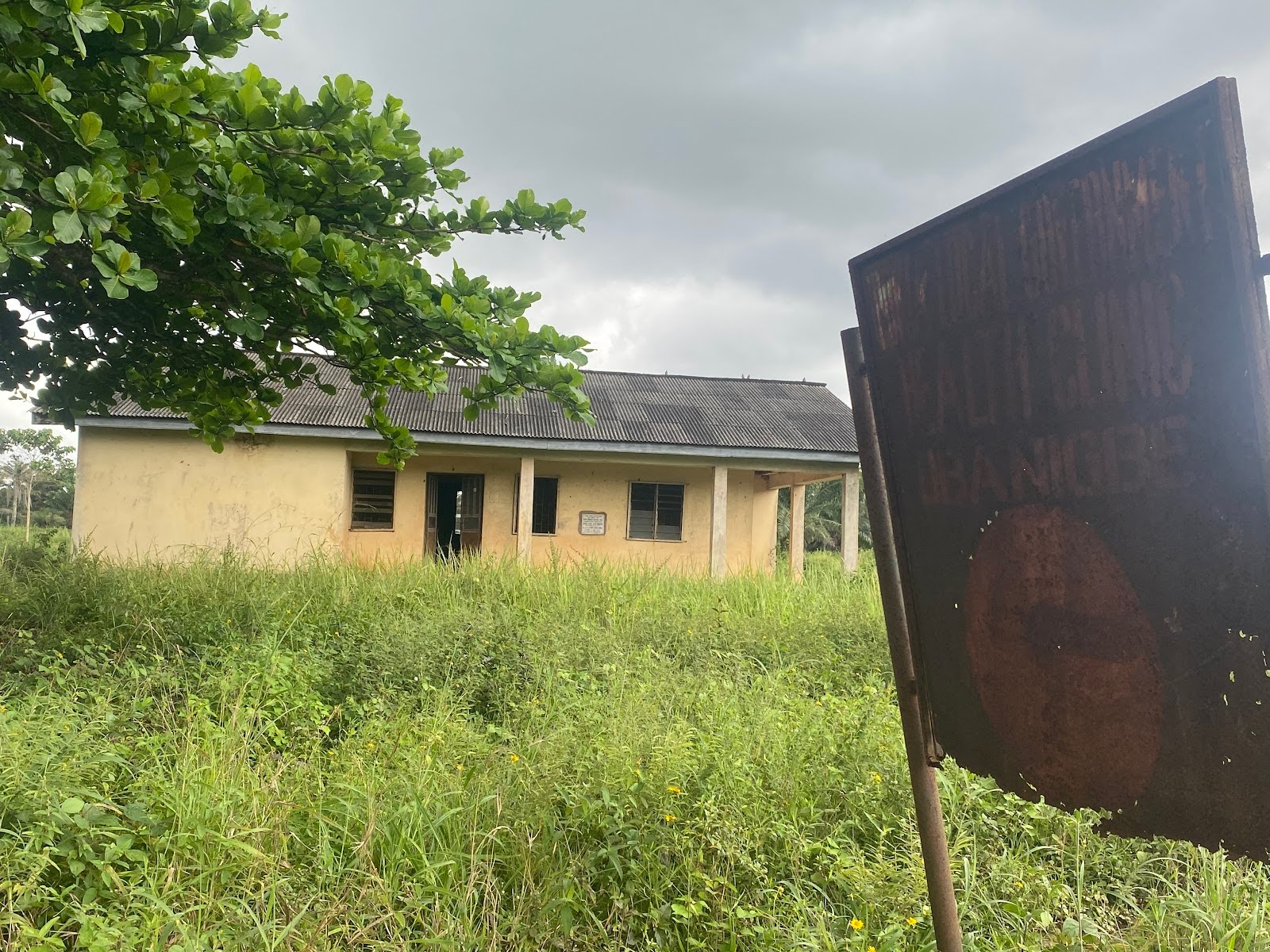In recent months, global culture has witnessed a fascinating convergence of celebrity, spirituality, and ancestral tradition. Taraji P. Henson, arriving in pristine white at the 2025 Met Gala, made headlines not only for her elegance but for her spiritual homage to Yoruba culture. At nearly the same time, actor Michael B. Jordan revealed in an interview that he is a practitioner of the Ifá religion and a Babalawo, a high priest in the Yoruba spiritual tradition.
These moments were not coincidental. They represent a seismic shift, African Traditional Religions (ATRs), particularly the Ifá Corpus of the Yoruba people, are reclaiming visibility and reverence on a global scale. And at the heart of this cultural reawakening is a Dubai-based visual artist, Abayomi Oguntade Sapara, known to the world as Orisaparada.
Ancestral Aesthetics and the Ifá Renaissance
Orisaparada’s work is not merely art; it is a sacred invocation. Working with a combination of traditional Yoruba symbology, the philosophical depth of the Ifá Corpus, and contemporary visual techniques, he has created a unique genre: Afro-Spiritual Aesthetics. His canvases speak not only to African identity but to universal themes of fate, ethics, balance, and destiny.
As Ifá re-enters global consciousness through mainstream icons, Orisaparada’s art gives it a permanent, tangible form. His works transform oral divination systems into living visual languages, enabling the Ifá tradition to be felt, not just studied. For him, the gallery becomes an altar; the viewer, a participant in ritual remembrance.
“I am not just painting Orishas,” Orisaparada shares. “I am painting the cosmology that shaped the lives of my ancestors and can still guide us today.”
Cultural Shifts in the West: From Curiosity to Reverence
The stories of Taraji and Michael B. Jordan signal more than isolated interest. They are part of a broader return to ancestral wisdom. In the diaspora, particularly among Black communities in Europe and the Americas, there is a growing hunger for spiritual frameworks that affirm cultural identity. Ifá offers a complete cosmology, a way of understanding the self, others, and the universe, grounded in African philosophical thought.
Orisaparada taps into this longing with boldness and clarity. His art does not exoticise Yoruba spirituality. Rather, it elevates it to its rightful place: as a complex, intellectual, and metaphysical tradition equal to any on Earth.
From Paris to Milan: Art as Divine Philosophy
In early 2025, Orisaparada’s exhibitions in Paris and Milan will showcase more than his technique, they will mark the global debut of Ifá-inspired art as a serious movement. The Paris show will explore the metaphysical dimensions of the Odu Ifá, the sacred text of Yoruba divination. In Milan, his work will influence the world of fashion, architecture, and design, echoing how Yoruba motifs can translate into future-forward aesthetics.
These cities, pillars of global art and fashion, are uniquely positioned to host this cultural convergence. Paris, with its intellectual heritage, and Milan, with its innovative design culture, offer the perfect canvas for Orisaparada’s vision.
A Global Dialogue Rooted in Ancestry
Just as Ifá travels with the diaspora, so does Orisaparada’s message. It is not limited to Yoruba audiences or African descendants. His art calls to anyone seeking spiritual meaning in a fragmented world. In the tradition of the griot, he becomes both storyteller and philosopher.
“Every brushstroke is a verse from the Corpus, everysymbol is a prayer,” he says.
His mission is not only to elevate Ifá but to provoke a global re-evaluation of what is considered “high knowledge” or ‘fine art.’ In his world, divination and painting are two forms of the same sacred inquiry.
Where Spirituality Meets Contemporary Relevance
This movement comes at a time when spirituality is increasingly divorced from institutional religion. People seek personalised, rooted practices that speak to their histories. Orisaparada’s art offers exactly that, an accessible yet profound entry point into Yoruba thought without reductionism.
The global interest in Ifá, boosted by public figures and artists alike, shows that ancestral philosophies have not only survived, they are thriving and evolving.
In Taraji’s garment, we saw transformation. In Jordan’s confession, we heard alignment. In Orisaparada’s work, we witness embodiment.
Toward a Spiritual Avant-Garde
As Ifá gains ground in intellectual, artistic, and pop-cultural spaces, Orisaparada remains one of its most powerful visual translators. His work isn’t simply documenting the rise of a spiritual movement, it is actively shaping it.
From red carpets to sacred canvases, the ancestors are speaking andthrough Orisaparada, the world is listening.






